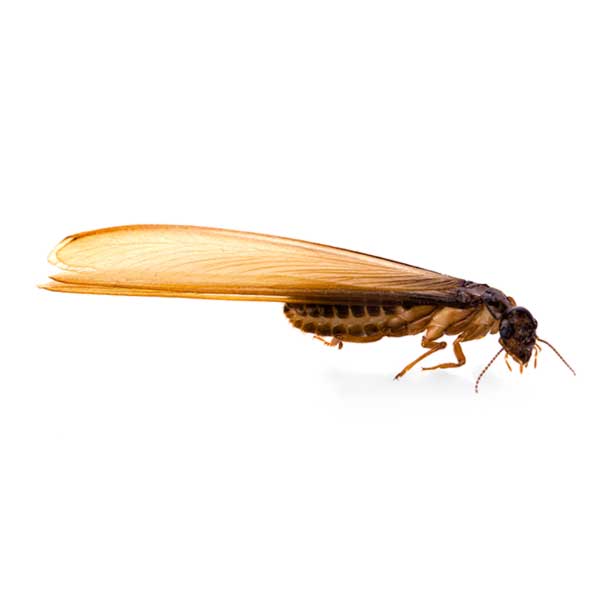Eastern Subterranean Termites in North Jersey
Eastern subterranean termites are notorious for destroying wooden structures and causing extensive property damage. In fact, they are considered among the most expensive pests to deal with in the United States, resulting in roughly $5 billion in damages across the country each year. These tiny insects cause so much destruction by consuming cellulose, which is the main component of plant cells – and, most importantly, is abundant in wood. Any wooden material in your home is at risk of becoming a food source for termites. Since these pests rarely show themselves in the open, infestations can be difficult to detect or treat until they have already done some serious damage.
Eastern Subterranean Termite Habitat
Out in the wild, eastern subterranean termites live in the ground and primarily feed on plant materials. However, if they make it into your home or business, they typically stay inside of walls, basements, or other low-traffic areas with plenty of access to wood. If you notice mud tubes stretching along your walls or ceilings, you are probably dealing with an infestation. Termites use these earth-colored tubes to stay moist and protected from predators while they travel from place to place.
Eastern Subterranean Termite Behaviors, Threats, or Dangers
Termites are famous for eating through wooden structures, but that’s not all they do. In spring or summer months when the weather is warm, winged termites in New Jersey will begin to swarm while searching for a mate. Swarms are not inherently dangerous, but they are a telltale sign of an infestation, as this is how termites start new colonies. Since eastern subterranean termites can go for months or years without showing themselves, you should seek professional help if you notice any signs of a colony nearby. Look out for signs of damage to your wood, live or dead insects, mud tubes, or nearby swarms. Routine termite inspections can also help you identify and treat an infestation before it causes extensive property damage.
Have eastern subterranean termites on your property? Contact your local termite pest control technicians for help today!

